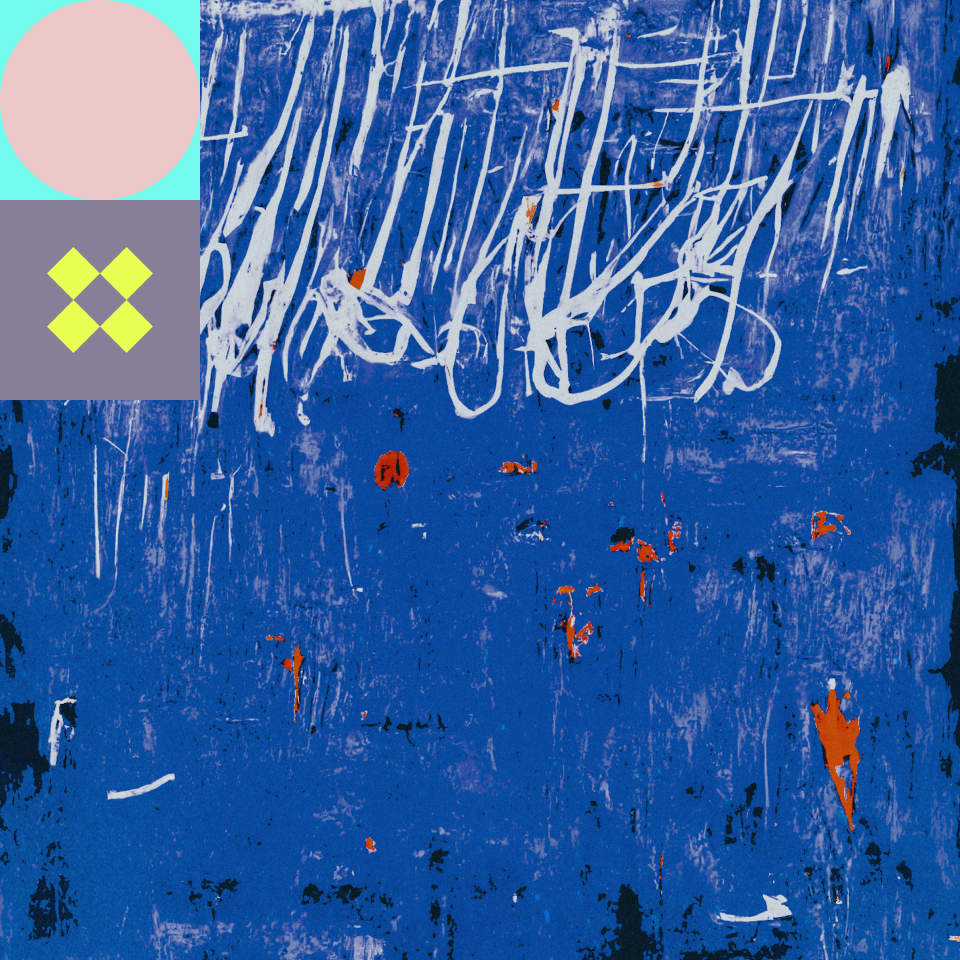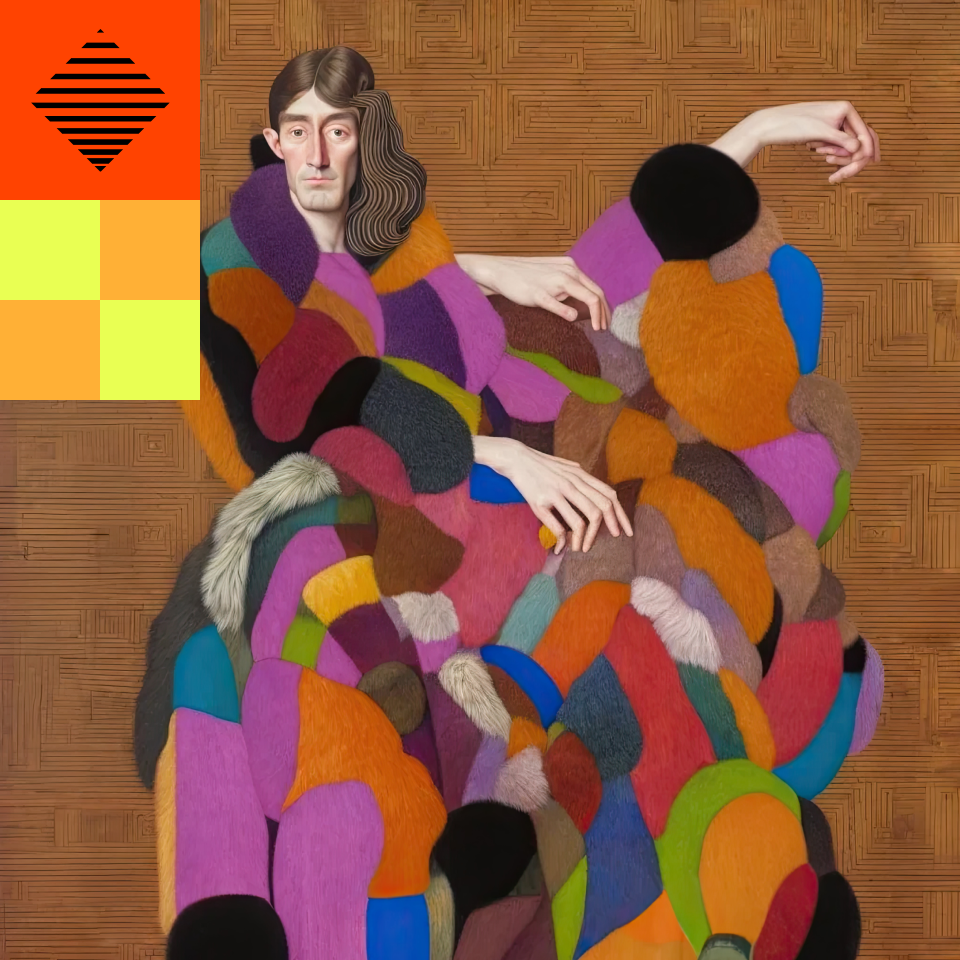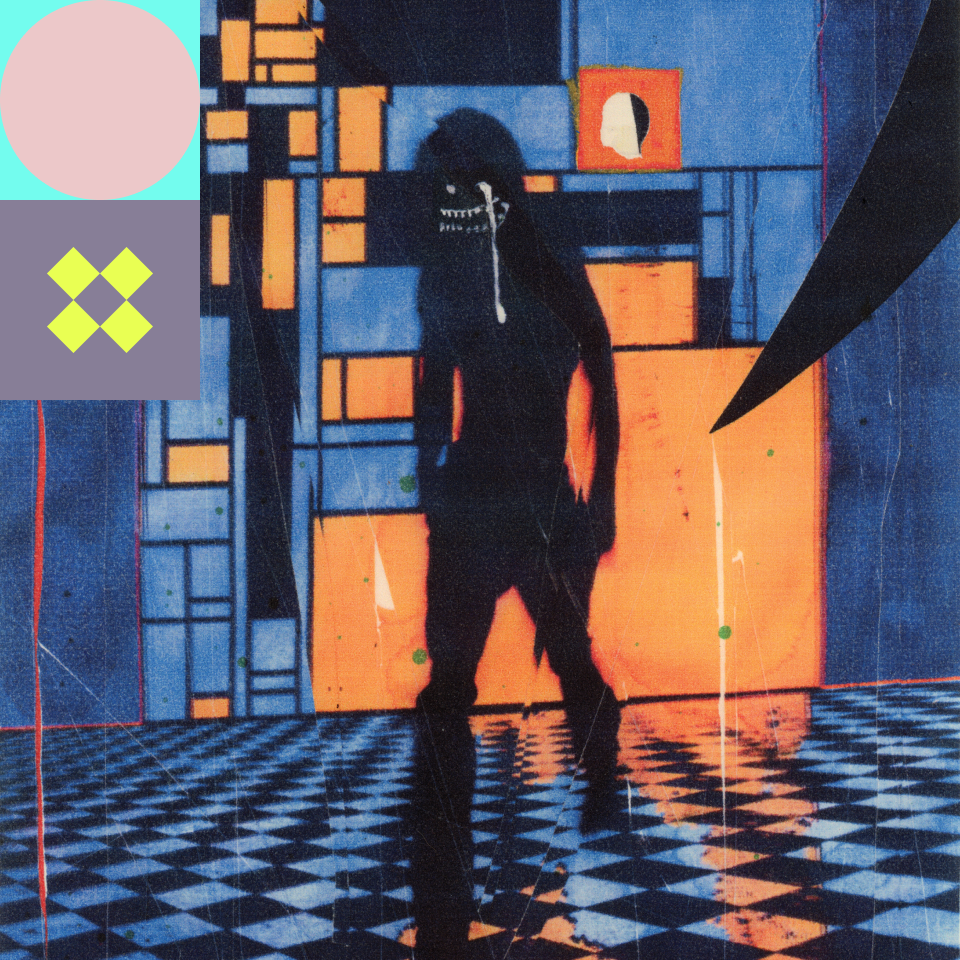Digital art on the blockchain has seen tremendous growth in recent years, with an ever-expanding array of artists, collectors, and enthusiasts embracing this new frontier. With high-profile sales and jaw-dropping price tags capturing headlines, one can't help but wonder: how is NFT art priced, and what drives its value? This article delves into the complex and fascinating dynamics that influence the pricing and value of NFT art.
Parallels With Traditional Pricing Mechanisms
To understand NFT art pricing, it's essential to first examine the traditional art world's pricing mechanisms. Factors such as artists' reputation, rarity, provenance, and market demand have long played a role in determining the value of physical art. While the NFT art market is distinct from its traditional counterpart in many ways, there are parallels between the two worlds when it comes to pricing and valuation.
Artist Reputation and Track Record
Just as in the traditional art world, the reputation of an artist can significantly impact the value of their NFT art. An artist with a strong track record of sales, prestigious exhibitions, or critical acclaim is likely to command higher prices for their digital works.
While it’s true that artists who have been in the NFT space for longer tend to have more established reputations and track records (for example, the crypto class of 2017), it’s possible for artists newer to the space to gain recognition by leveraging their past experiences in the traditional art world. For example, getting a co-sign from or collaborating with more established artists, joining renowned artist collectives, or working with important cryptoart marketplaces and institutions. These can enhance an artist's reputation and increase the perceived value of their NFTs.
Another factor that might contribute to an artist’s reputation is also their involvement in community building. This is true in the traditional art world, but arguably of even more importance in web3. Artists who leverage their following to start collectives, DAOs, or other community-based initiatives are recognized for their efforts to make web3 a more dynamic space.
Rarity and Scarcity
Rarity and scarcity are essential factors in determining the value of both traditional and NFT art. The more scarce a work is, the more valuable it tends to be. In the NFT world, this can manifest in different ways:
- Limited editions: NFT artists often create limited editions of their work with a set number of copies (or "editions") available for purchase. This scarcity can drive up the price as collectors compete to acquire a piece from the limited supply, presenting artists with the potential to profit on demand for their artworks by leveraging the secondary market.
- One-of-one works: Single-edition or unique NFTs can command higher prices due to their rarity. Collectors often place a premium on the opportunity to own a one-of-a-kind piece of digital art.
- Rarity within a collection: In long-form NFT collections, especially generative collections, artists have the ability to make certain pieces rarer than others due to variations in attributes or traits. This rarity can lead to increased demand and higher prices for these particular works.
Provenance and Ownership History
Provenance, the documented history of an artwork's ownership, plays a vital role in the traditional art world, often affecting the value of a piece. NFTs provide a mechanism to seamlessly record provenance without the need for human intervention, which makes it possible without extensive research for artworks to derive value from their provenance.
The blockchain's transparent, immutable ledger provides a clear record of ownership and transaction history. Notable previous owners, such as celebrities or influential collectors, can add cachet to an NFT and potentially increase its value. Potential collectors don’t have to rely on a third party to see NFTs' ownership records, making the ability to appraise their value quite efficient.
Unique Dynamics of NFT Art Pricing
While the traditional art world's pricing mechanisms offer some context for understanding NFT art valuation, there are several factors at play unique to web3. These dynamics, rooted in the technology and culture of the blockchain, also have a significant impact on the pricing and value of NFT art.
The Role of Cryptocurrency
Cryptocurrency plays a critical role in the NFT art market, as most NFT transactions are conducted using digital currencies such as Ethereum, Tezos, Solana, and more recently, Bitcoin. As a result, the value of these cryptocurrencies can directly influence the pricing and perceived value of NFT art. For instance, if the value of Ethereum surges, collectors may be more willing to spend their ETH on NFTs, driving up prices.
Another factor might be the relative value of the artwork based on the blockchain it’s minted on. What’s considered a ‘premium’ price differs from blockchain to blockchain. For example, an NFT valued at a premium on Tezos might be significantly cheaper than one valued at a premium on Ethereum, when comparing fiat equivalence.
This, however, doesn’t mean that the artwork minted on Tezos has less value than the one minted on Ethereum. It merely surfaces that each blockchain has its own pricing schemes and dynamics where the cryptocurrency is not compared to any other currencies. It’s customary to hear in web3 that one unit of a cryptocurrency is equal only to itself, which further confirms the importance of understanding the unique internal workings of each cryptocurrency.
Furthermore, collectors on every blockchain will generally have faith in the long-term potential for growth of their cryptocurrencies, making comparisons in fiat value mere snapshots of a much richer and unique picture over time.
Community and Social Influence
The NFT art market is heavily influenced by the online communities and social networks that have formed around it. Social media platforms like Twitter or Telegram, and Discord channels play a significant role in shaping collector preferences and driving demand for specific artists or collections. Influencers and high-profile collectors or artists can also have a considerable impact on NFT art pricing by endorsing or promoting specific works or artists, leading to increased demand and higher prices.
Speculation and Investment
As with many emerging markets, speculation and investment can be significant drivers of price in the NFT art market. Some collectors may acquire NFTs not solely for their artistic or aesthetic value but as investments, hoping to capitalize on the potential appreciation of the digital assets over time and leveraging the secondary market smartly when these assets do appreciate. This speculative mindset can contribute to rapid price fluctuations, as market sentiment shifts in response to new developments or trends.
Utility and Interoperability
One unique aspect of NFTs is their potential for utility and interoperability within the broader digital ecosystem. Unlike traditional art, which is primarily valued for its aesthetic and cultural significance, NFTs can also have practical applications within communities, virtual worlds, gaming platforms, or other digital environments. This utility can add value to NFT art and contribute to higher prices, as collectors may be willing to pay a premium for works that can unlock access to utility. Some examples include:
- Mint Passes that offer collectors access to large collections featuring several high-profile artists;
- Event Passes that give collectors the ability to attend exclusive events;
- Physical Collectibles Passes that collectors can use to claim items like branded merch, books or zines, physical prints, etc.;
- Membership Passes that grant collectors exclusive access to future drops or events;
- “Burn and Redeem” Passes that collectors can choose to discard to reveal a new NFT or unlock a collectible.
What it means for you
The NFT market is constantly in flux so there is no one-size-fits-all approach to the valuation of NFTs. However, by considering both traditional art world pricing mechanisms and the unique dynamics of web3, collectors can begin to develop a more nuanced understanding of NFT art valuation.
Assessing Quality and Artistic Merit
As with any form of art, the quality and artistic merit of NFTs can play a crucial role in determining their value. As a collector, you should consider factors such as originality, creativity, and technical skill when assessing NFT art. Additionally, it's essential to be aware of the broader cultural context and trends within the NFT art market, as these can also influence the perception of quality and value.
Researching the Market
To make informed decisions when acquiring NFT art, a collector should devote time to researching the market and staying abreast of current trends and developments. This research might include monitoring NFT sales in marketplaces, following influential artists and collectors on social media, and joining and participating in online communities dedicated to NFT art.
Developing a Personal Collecting Strategy
Ultimately, the value of NFT art is highly subjective and may differ significantly from one collector to another. To navigate this complex market as a collector, you should develop a personal collecting strategy that reflects your tastes, preferences, and investment goals. This strategy might involve focusing on specific artists, styles, or themes, or considering the utility and interoperability of NFTs within the broader digital ecosystem. By developing a clear and consistent approach, you will make more informed decisions.



